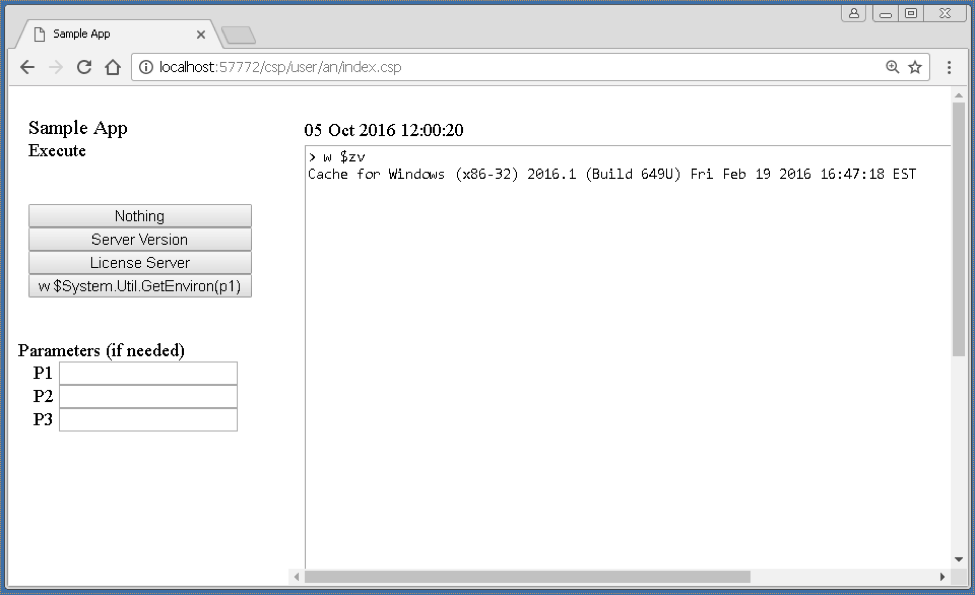Intro
Please note, this article is considered deprecated, check out the new revision over here: https://community.intersystems.com/post/tutorial-websockets
The goal of this post is to discuss working with Websockets in a Caché environment. We are going to have a quick discussion of what websockets are and then talk through an example chat application implemented on top of Websockets.


